Introduction
Rhinoplasty, often praised as a cosmetic enhancement miracle, is not without its pitfalls. In this comprehensive exploration, we delve into potential complications that may arise during rhinoplasty surgery. Moreover, we provide insights on how to steer clear of these issues.
Understanding the Possible Complications
1. Infection:
Infections can occur post-surgery, hence a very strict hygiene protocol needs to be followed to minimize the risk of infection and maintain a sterile surgical environment.
Also, post-surgery, the patient is responsible for the cleanliness of the operated area and not touching it with dirty hands.
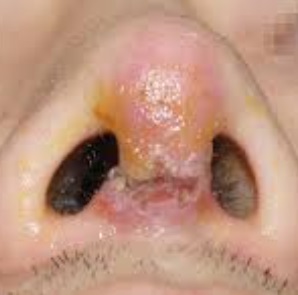
2. Bleeding:
It’s normal to experience mild to moderate bleeding during and after rhinoplasty. Excessive bleeding is uncommon in experienced surgeons’ hands.
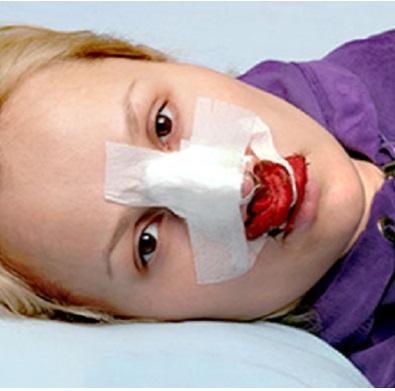
3. Swelling and Bruising:
Swelling and bruising around the eyes are typical after rhinoplasty and generally subside within a few weeks.
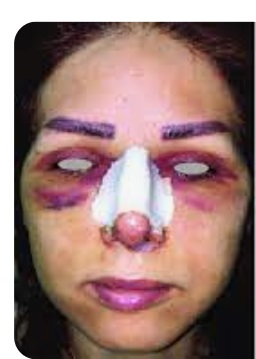
4. Scarring:
Rhinoplasty is typically performed using hidden incisions, resulting in minimal visible scarring. However, there are still chances that the patient might develop some scarring.
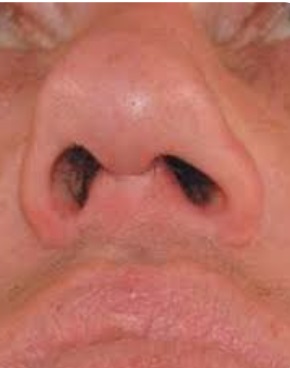
5. Breathing Issues:
Rhinoplasty is mostly performed in combination with nasal septum correction (aka Septoplasty); however, in some cases, rhinoplasty may affect nasal airflow, leading to temporary or, rarely, permanent breathing difficulties.

6. Unsatisfactory Results:
A doctor-patient open communication during consultations to fully understand the patient’s aesthetic goals is crucial. While most patients are delighted with their rhinoplasty results, there still remains a minor possibility of not achieving the desired outcome.

7. Anesthesia Risks:
Anesthesia carries inherent minor risks of nausea, vomiting, and confusion, and significant risks like pulmonary edema leading to the patient landing in the ICU. This can be minimized by working and discussing the case closely with skilled anesthesiologists to ensure the patient’s safety throughout the surgery.
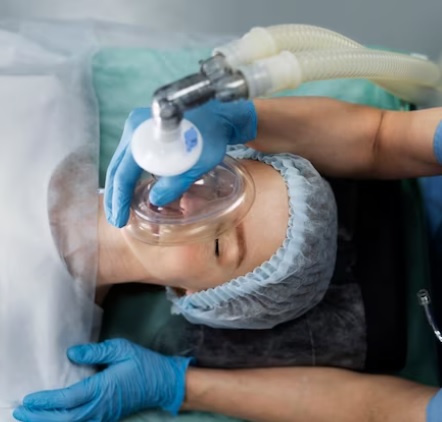
8. Revision Surgery:
In a few instances, patients may require revision surgery to address any unforeseen issues or refine their results.
Safeguarding Your Rhinoplasty Experience
1. Selecting the Right Surgeon
Your surgeon is the linchpin of a successful rhinoplasty. Opt for a board-certified, experienced professional with a proven track record in nose aesthetics.
2. Preoperative Assessment
Before diving into surgery, a comprehensive health assessment is non-negotiable. This step helps anticipate potential complications and ensures your readiness for the procedure.
3. Transparent Communication
Open, honest communication with your surgeon is paramount. Clearly express your expectations and gain a realistic understanding of what the surgery can achieve.
4. Meticulous Postoperative Care
Following the surgery, adhere religiously to the postoperative care instructions provided by your surgeon. This helps minimize the risk of infections and ensures a smooth recovery.
Crafting Your Rhinoplasty Safety Net
Embarking on the rhinoplasty journey requires meticulous planning and a discerning eye for detail. While complications may lurk, a proactive approach to surgeon selection, transparent communication, and vigilant postoperative care can significantly mitigate these risks.
Conclusion
In the pursuit of aesthetic perfection through rhinoplasty, understanding the potential pitfalls is paramount. Choosing a skilled surgeon, fostering clear communication, and prioritizing postoperative care are the pillars of a successful rhinoplasty experience. Armed with this knowledge, you can confidently navigate the path to achieving the nose you’ve always dreamed of.
Thank You
MEDICAL ADVICE DISCLAIMER:
This blog including information, content, references, and opinions is for informational purposes only.
The Author does not provide any medical advice on this platform.
Viewing, accessing, or reading this blog does not establish any doctor-patient relationship.
The information provided in this blog does not replace the services and opinions of a qualified medical professional who examines you and then prescribes medicines.
If you have any questions of a medical nature, please refer to your doctor or the qualified medical personnel for evaluation and management at a clinic/hospital near you.
The content provided in this blog represents the Author’s own interpretation of research articles.
